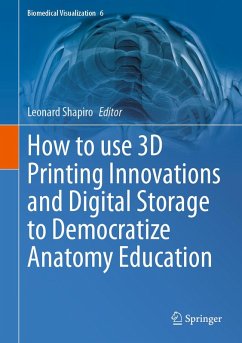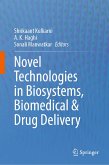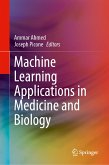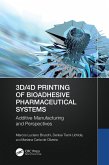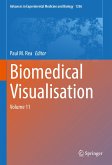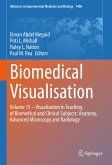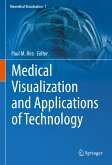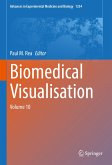The first digital, cloud-based human skeletal repository in southern Africa is an extensive and categorized 'bone library' globally accessible for use in education and research. A chapter details a digital protocol for the bioprinting of a 3D acellular dermal scaffold (ADS) for use in wound healing, as an alternative to skin grafting for secondary intention wound healing. A chapter offers an extensive guide to applied anatomy for acupuncture and is provided in 4 parts viz, upper limb, lower limb, trunk, head and neck. Each part of the chapter is replete with beautiful cadaveric images including annotations that relate specifically to information in the text. We look at vertebral artery variations and its role in clinical conditions, current insights into polycystic ovarian syndrome, and visual interpretation using multiplex immunoassay of serum samples.
This book will appeal to educators of both human and animal anatomy who have a keen interest and focus on the use of bespoke 3D printing, augmented and virtual reality, as well as acupuncture practitioners, clinicians, regenerative medicine specialists, surgeons, tissue engineers and artists.
Dieser Download kann aus rechtlichen Gründen nur mit Rechnungsadresse in A, B, BG, CY, CZ, D, DK, EW, E, FIN, F, GR, HR, H, IRL, I, LT, L, LR, M, NL, PL, P, R, S, SLO, SK ausgeliefert werden.

